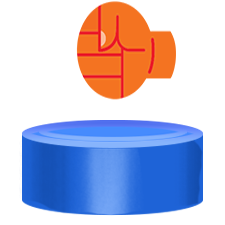Установить Steam
войти
|
язык
简体中文 (упрощенный китайский)
繁體中文 (традиционный китайский)
日本語 (японский)
한국어 (корейский)
ไทย (тайский)
Български (болгарский)
Čeština (чешский)
Dansk (датский)
Deutsch (немецкий)
English (английский)
Español - España (испанский)
Español - Latinoamérica (латиноам. испанский)
Ελληνικά (греческий)
Français (французский)
Italiano (итальянский)
Bahasa Indonesia (индонезийский)
Magyar (венгерский)
Nederlands (нидерландский)
Norsk (норвежский)
Polski (польский)
Português (португальский)
Português-Brasil (бразильский португальский)
Română (румынский)
Suomi (финский)
Svenska (шведский)
Türkçe (турецкий)
Tiếng Việt (вьетнамский)
Українська (украинский)
Сообщить о проблеме с переводом






































> Added "End of Life" alert for macOS 10.15 ("Catalina"). Steam Client support for these operating systems will end on February 15th, 2025 at 10am.
https://steamproxy.net/steamhelp/en/faqs/view/736A-892E-4F03-CA38
To date, I haven't started archiving them yet, and a big part of the reason is that I don't know how system updates work relatively to client updates. I don't want to risk making a guide that bricks SteamOS installs by providing incomplete archives, but also I'm unsure how viable it is to archive even more flavours of Steam client updates as my existing archive is already getting quite big after only around 30 archived versions.
I'm trying to downgrade to the previous stable version because I want to export the recordings I made prior to the October 2 beta update since that update changed the export tool and broke how they're exported but I don't know what to do here since the normal method I do on Windows doesn't seem to work.
i confused between uploading and downloading so no clue xd
-- if you update your windows version to the latest, it for whatever reason removes any deadzones you've set on your controller.
had to open up the steam calibrator ( not the big picture mode one, or the desktop configuration one ), and reapply the deadzones.
-- it's especially infuriating for those of us that need to use our controllers ( with or without stick drift ) to interact with our computers.
so i just thought i'd give you the heads up on what to expect after updating the windows version.
-- unsure if it's due to using an older version of steam, but it's best to be safe and prepared.